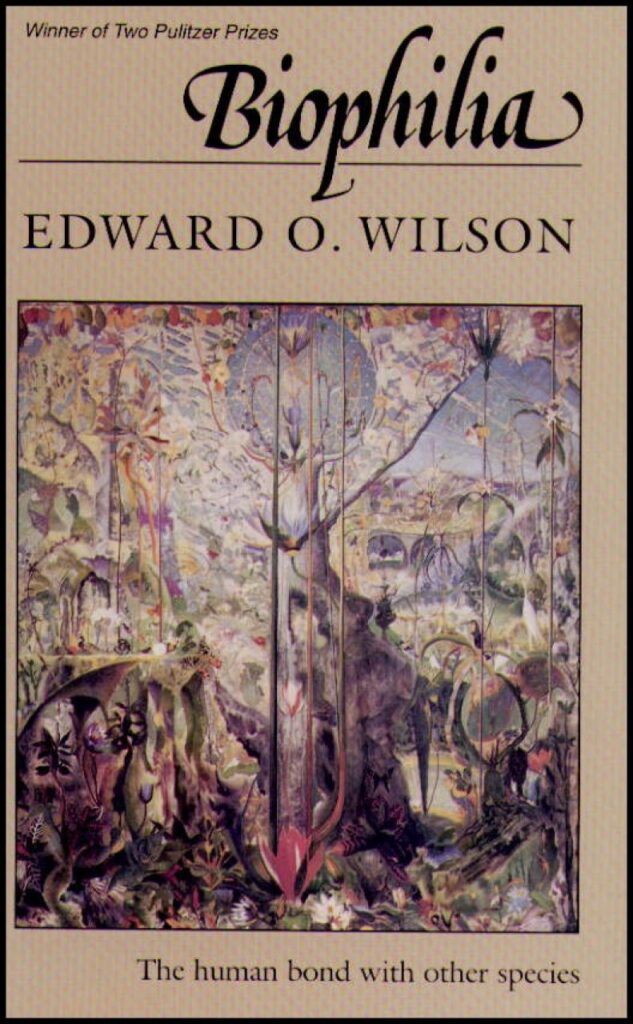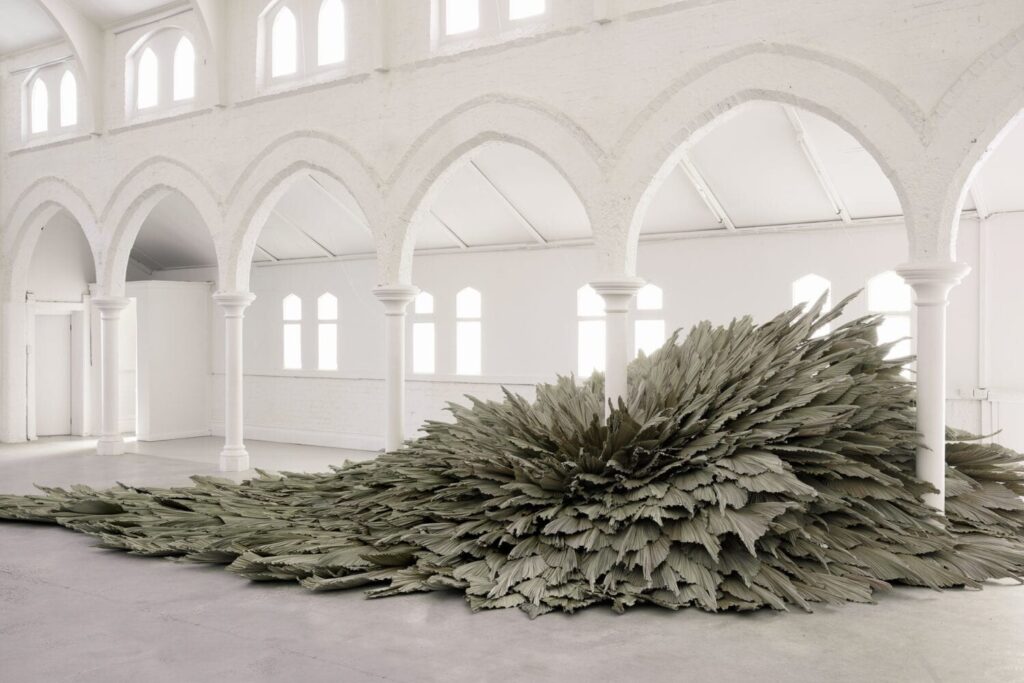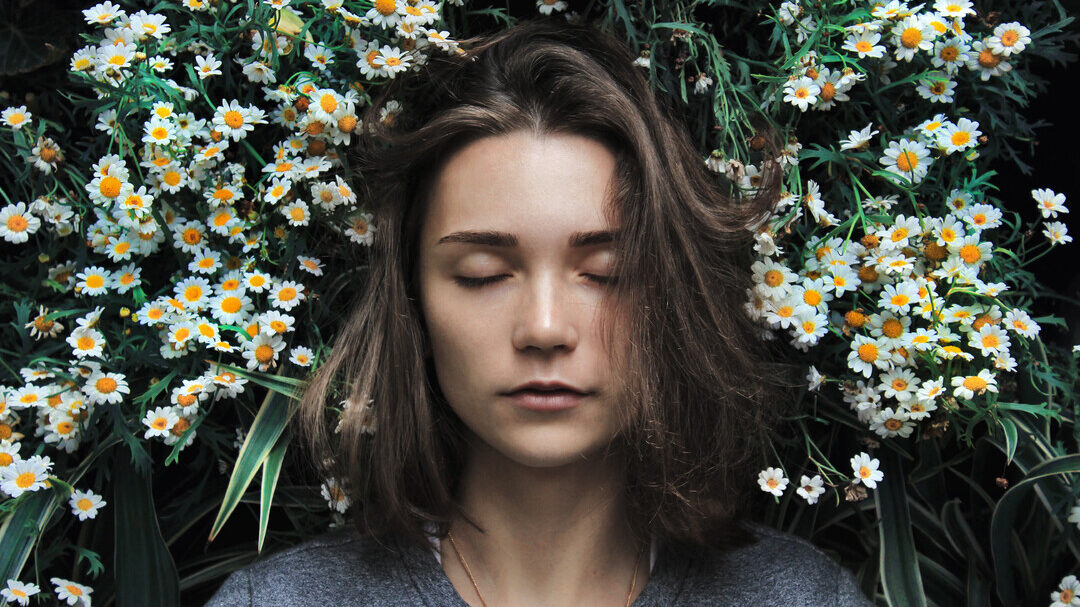- Nature really does nurture, so more of us should turn to biophilia for inspiration
- Biophilia is the theory that we love nature because our species has spent 99% of our existence in nature – as opposed to concrete 🙂
- As we spend more time indoors, on Zoom calls etc, how can we bring nature to people?
I’m a brand biophile and I believe you should be too.
As an experience obsessive I am always looking at the ways people connect and engage with their surroundings:
How can we design spaces that invite people to stop for a moment, close their eyes, breathe, take a moment out of the rush?
Taking inspiration from nature I often reflect on the sensations we feel when we are outdoors:
What is it about a warm breeze across your arm, the flickering of light on water or the smell of wet grass that is so powerful?
And is it possible to harness these experiences in human-made spaces?
Can we bring natural evocation to curated brand experiences, allowing people to engage on an instinctive level?
Although I am a Londoner through and through and love city living, like many people I find myself craving connection with nature. Despite being a sprawling metropolis, in lots of ways London is the perfect city for an urban-countryphile such as myself, with over 40 parks and numerous natural hidden corners, stealing valuable moments to immerse yourself in nature is still possible.
Cooped up by covid
And, arguably now we need that connection more than ever. Hours of Zoom meetings, with freedoms curtailed, and four walls setting in, grounding in the natural world has become a vital ritual. Having gone through months of lockdown, where experiences in nature took on almost spiritual significance for many, we’re renewing our respect of and connection to the natural word.
This is no new phenomenon. In 1984 Edward O. Wilson coined the term ‘biophilia’, a hypothesis that suggested ‘humans possess an innate tendency to seek connections with nature.’

The natural world already permeates many of the human-made spaces we inhabit. Biophilic design principles can be seen in the living walls and green roofs of the latest buildings, the use of natural materials such as wood in favour of concrete and the growing abundance of plants and even water features in office spaces. As reported by Trendhunter, “Pinterest revealed that among its top 100 trends that it predicts consumers will try in 2020 is ‘indoor water fountains’. Searches for these were up by a massive 917%, while searches for indoor microgreens were up by 223% and garden rooms were up by 104%.”
In fact, London hosts plenty of biophilic bounty (as chosen by legendary biophilic designer, Oliver Heath).

At a basic level, biophilic design such as introducing plants to offices has been proven to decrease anxiety and stress and increase air quality. But biophilic design is so much more than potted plants. When deployed creatively it touches our emotional core, in the most subtle but effecting of ways. For example, the phenomenon of ‘grounding’ – literally connecting with the earth physically as a therapeutic technique is gaining ground (forgive the pun), with early scientific studies supporting the theory.
The latest trend reports show biophilic design is surging in popularity; being the meeting point of so many important and positive trends. From consumers’ increasing interest in personal wellness to rising concerns over climate change and damaging consumerism to a backlash against rampant urbanisation, our desire to return to nature has never been stronger.
As Principal Architect Patrick Burke, AIA says:
“In the places where we live, work, learn and heal, creating a healthy, green environment has become a touchstone for quality of life. As part of life’s expectations, it should not just be sustainable but also regenerative. It should grow as a living idea.”
With my brand strategist’s hat on, I’ve been increasingly obsessed with how we can bring the beauty of biophilia and biophilic design to meaningful brand experiences.
Does our human connection to nature have a place within the Experience Economy?
Can we do good for ourselves and the planet while still doing good for brands?
My answer is, most definitely yes. Natural experiences encapsulate everything we want from any experience; connectedness, authenticity, simplicity, spontaneity, surprise, delight… Brands that embrace a biophilic approach to experiences can capture this magic while addressing our most important current issues; sustainability, value beyond consumerism, and right now appropriate socialisation!

As Terrapin’s brilliant report ‘14 Patterns of Biophilic Design’ says:
“Biophilia is the humankind’s innate biological connection with nature. It helps explain why crackling fires and crashing waves captivate us; why a garden view can enhance our creativity; why shadows and heights instill fascination and fear; and why animal companionship and strolling through a park have restorative, healing effects.”
Over the next few months I’ll be sharing exciting news on the ways I am bringing this most welcome of trends to life for some of the UK’s most exciting brands.
Watch this green space.
WXO Take-out
- We agree with Meredith that biophilia is back – and that this will be a long-term trend.
- As millions more live in cities, and as we live in societies that encourage us to spend time inside (and online), any experience that gets us outside (and offline) will make us feel good.
- There is now a forest of evidence proving that being in nature makes people happier. For more, see:
- People Really Do Like To Be Beside The Seaside
- The WXO Research Library, especially of course the section on biophilia
- Ergo, if you design experiences that reconnect people with nature, you’ll help them be happier.
About The Author: Meredith O’Shaughnessy
A member of the WXO Founding Circle, Meredith is an award-winning Experiential Architect and Creative Director, working with the world’s most exciting brands to create immersive engagement strategies that deliver cut-through in the booming experience economy. Overlaying innate creativity with deep sector analysis she immerses audiences in brand stories, unlocking the potential of today’s experience economy for innovators in luxury retail, technology, hospitality and beauty. Her mission is to elevate experience strategies rooted in emotional connection, while championing sustainability, diversity, and community.





